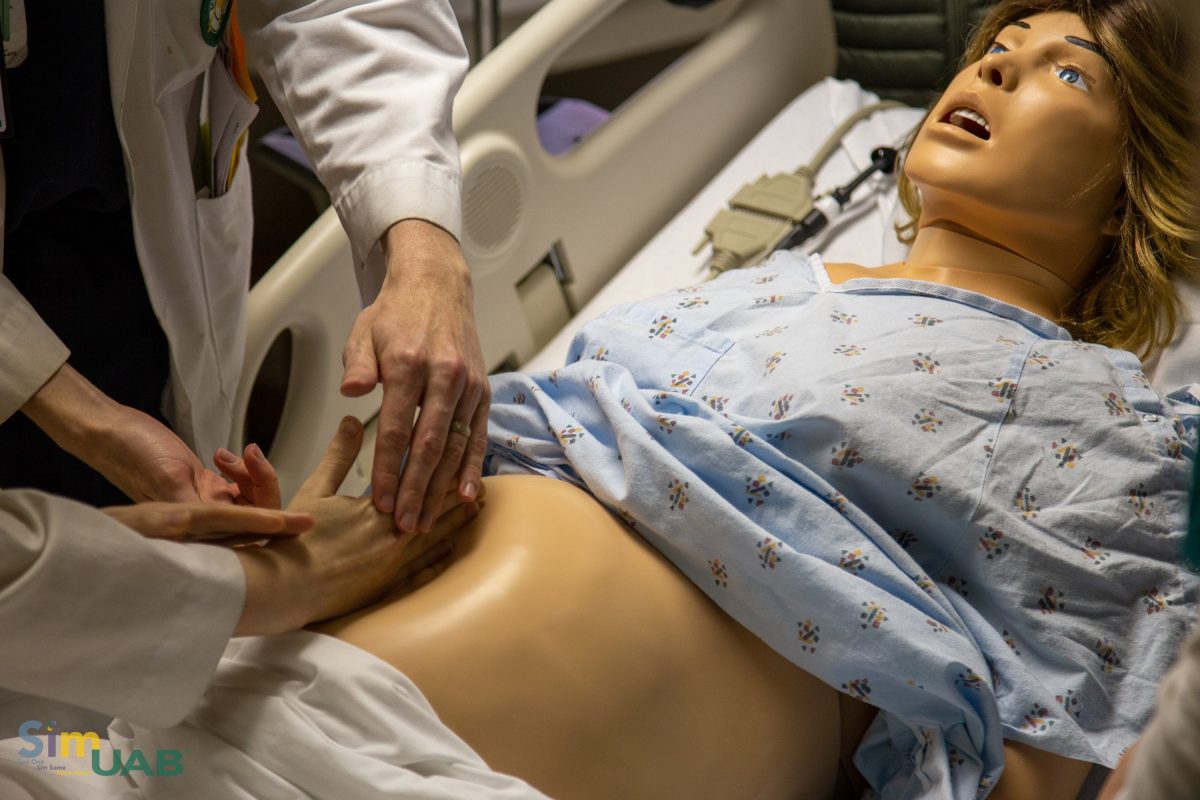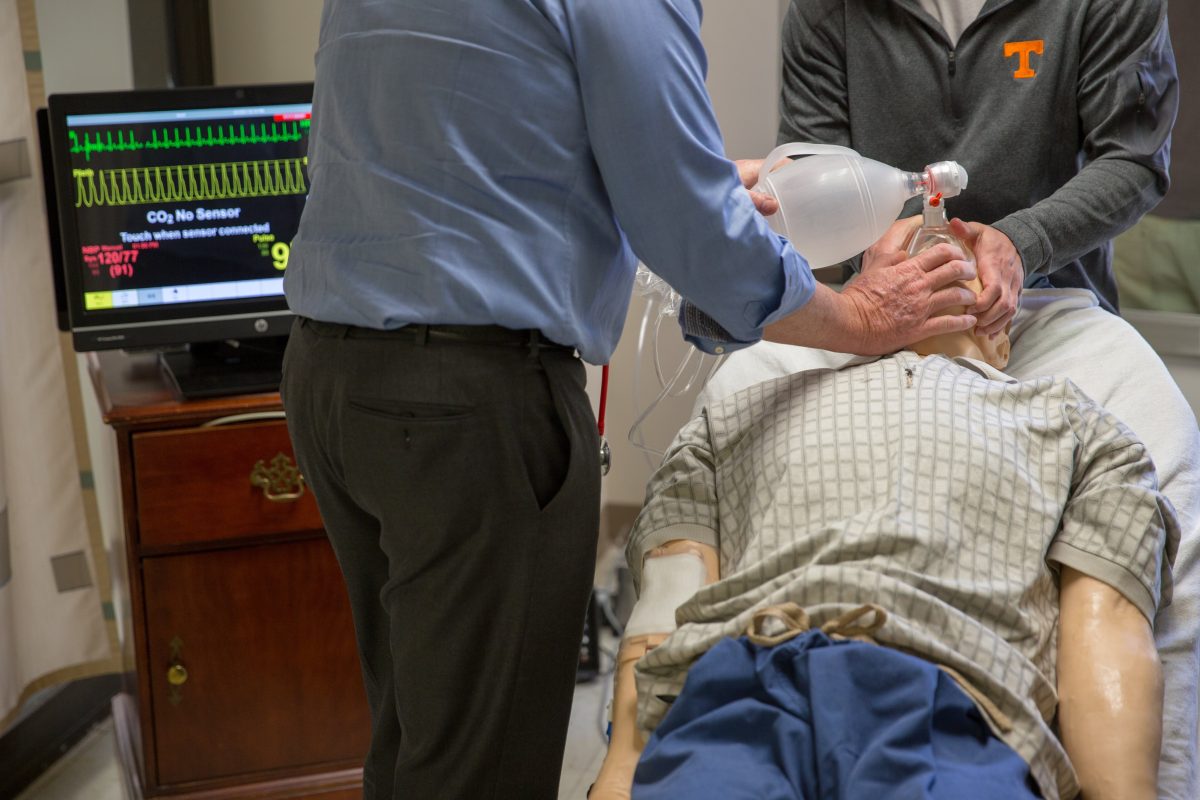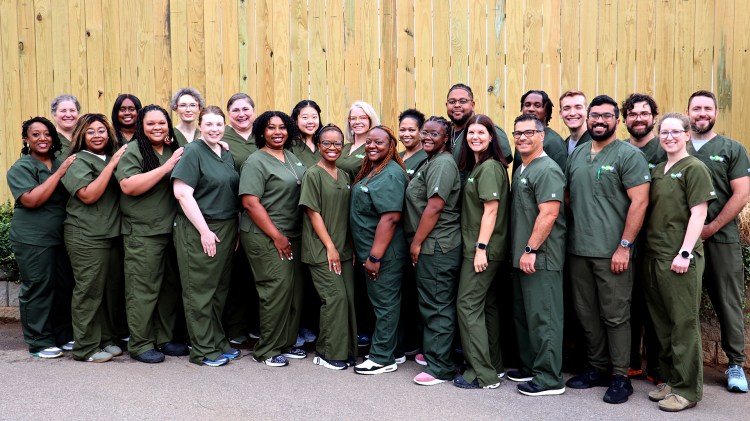Shock Week swims into Clinical Simulation
UAB Clinical Simulation’s annual Shock Week offers interprofessional learners the chance to sharpen their code skills. But, unlike its toothy cable TV counterpart, there’s nothing fishy about it.
UAB Clinical Simulation develops, delivers, and supports procedural, immersive, and systems simulations carefully designed for learners. Our team of skilled professionals collaborates with content experts from the various involved professions to deliver valuable, high-quality simulation events.
Simulation is a proven training strategy for all members of the health care team. The simulated setting provides a psychologically safe environment for care providers to practice procedures and high-risk clinical situations. Simulation not only improves patient safety, but contributes to the financial health of UAB Medicine.
For these and many other reasons, we will always advise you to “SimFirst”, no matter the procedure, event, space or process.




UAB Clinical Simulation’s annual Shock Week offers interprofessional learners the chance to sharpen their code skills. But, unlike its toothy cable TV counterpart, there’s nothing fishy about it.
UAB Clinical Simulation observed Healthcare Simulation Week Sept. 16-20. Hosted by the Society for Simulation in Healthcare (SSH), Healthcare Simulation Week celebrates professionals across the globe who use simulation to improve the safety, effectiveness, and efficiency of health-care delivery.
One of UAB Clinical Simulation’s newest procedural sims gets right to the point. Fine needle aspiration is a medical procedure in which a very thin needle is inserted into a mass or lesion (with or without the use of ultrasound imaging) to sample and acquire cells for microscopic evaluation.